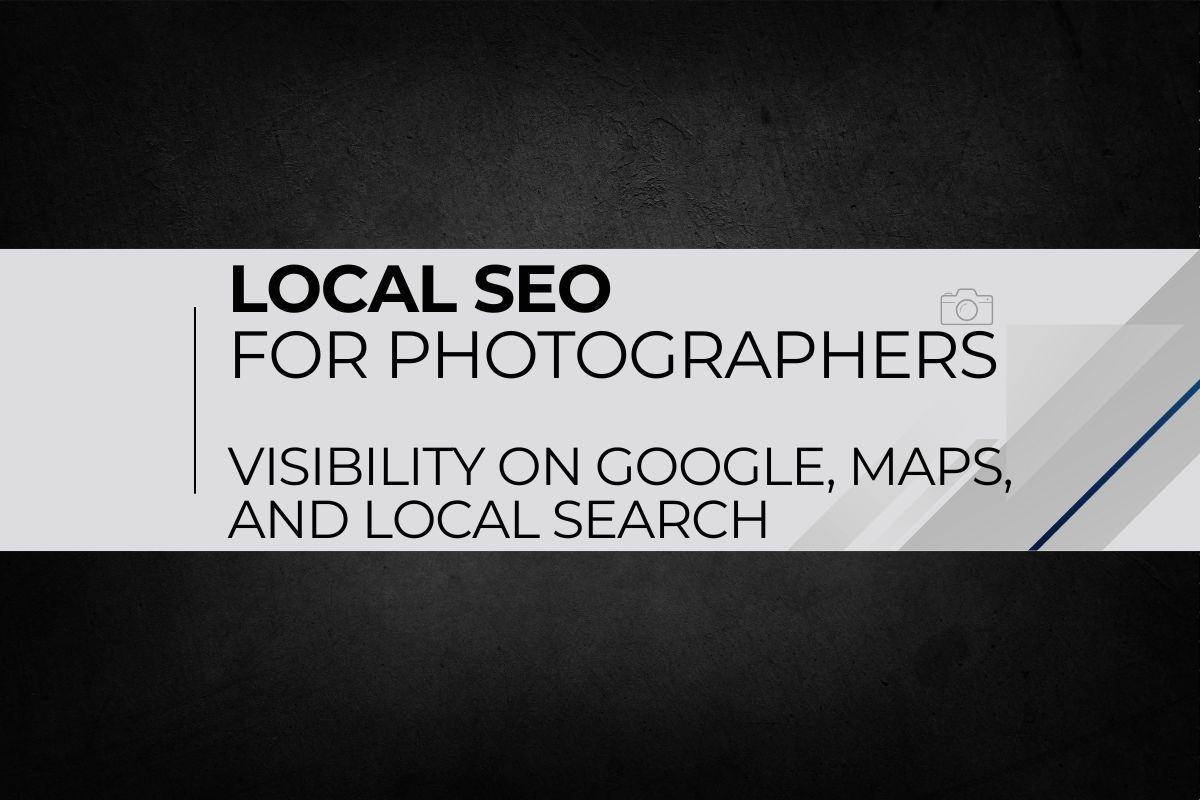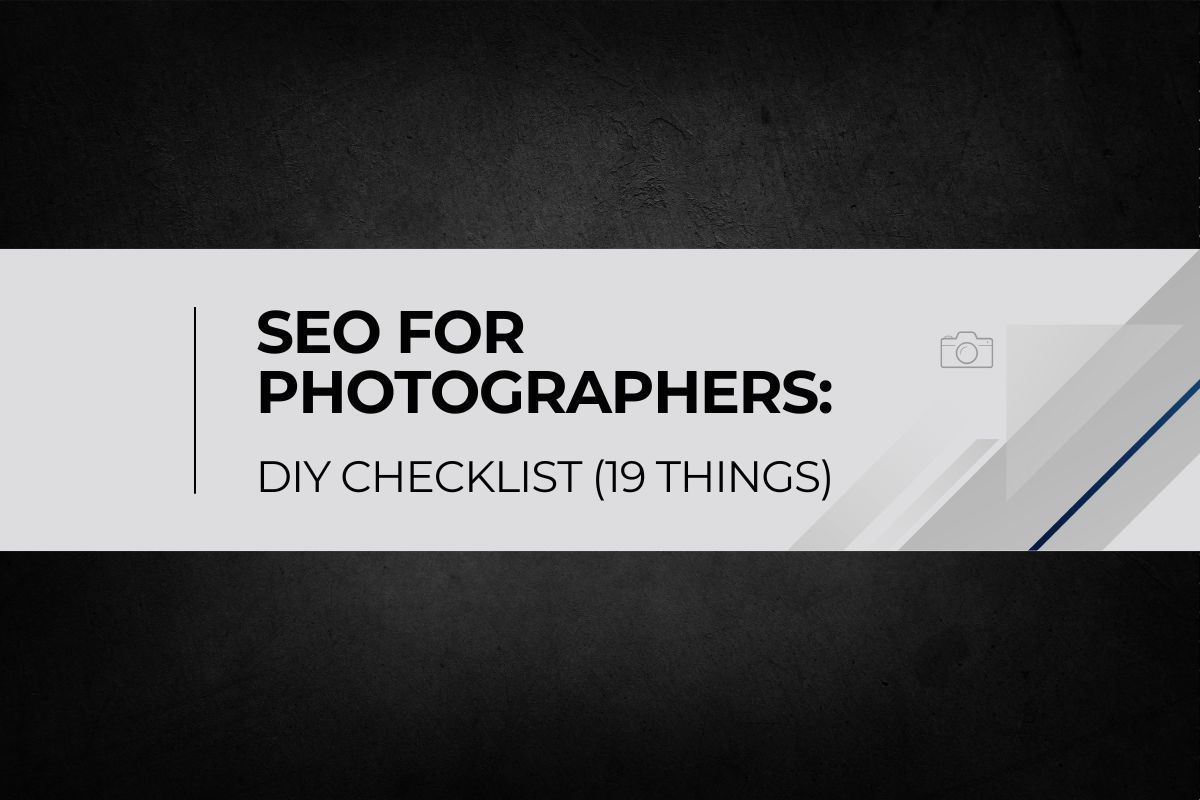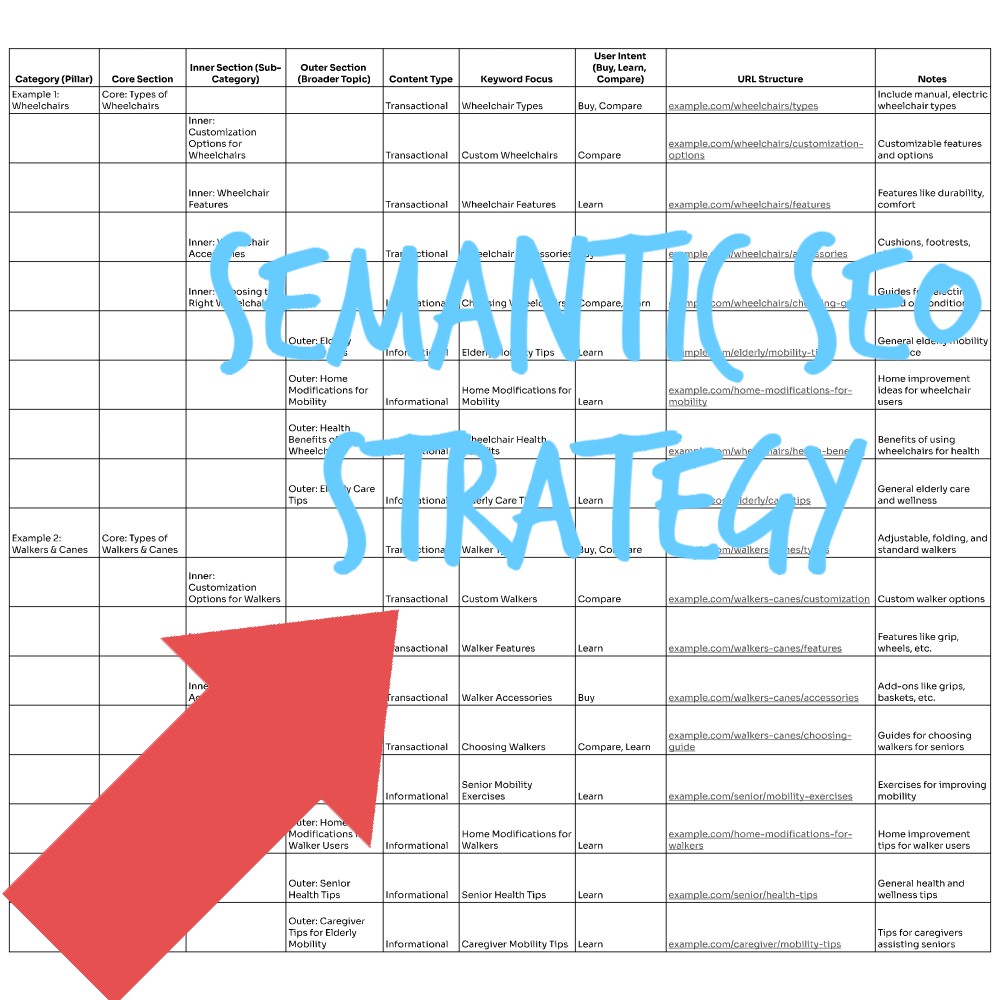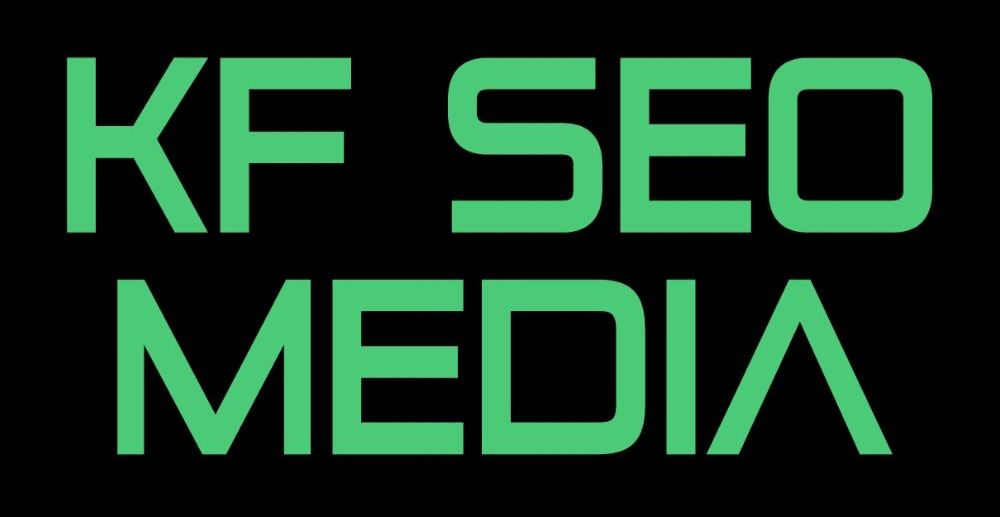SEO Keywords for Photographers: How to Choose, Map, and Use Them
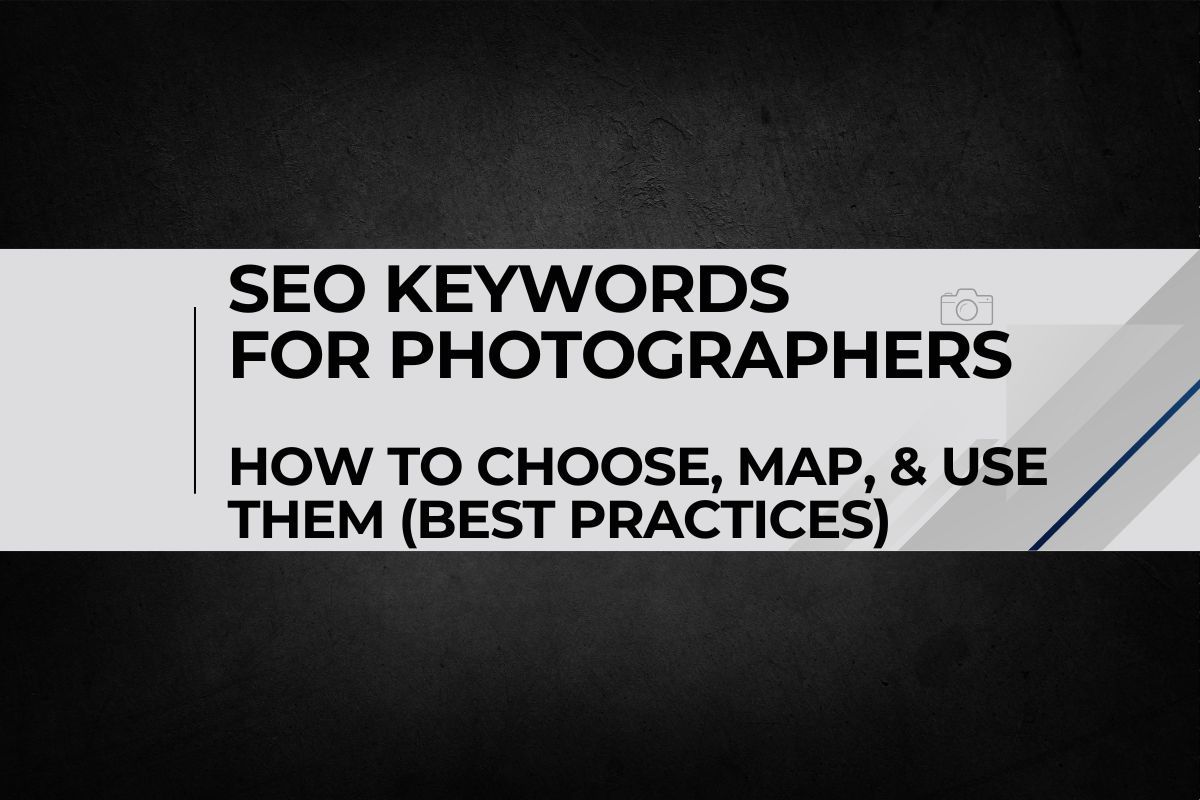
If you’re a photographer trying to bring in more clients through Google, you’ve probably heard “use keywords” a thousand times.
But keywords aren’t magic words you sprinkle around a page.
They’re how you match what you do to what your ideal clients are actually searching for.
When you understand how to pick them, where to put them, and what to build around them, you stop guessing and start booking as more potential clients find you.
Let’s break down, in plain language, how to use keywords the right way for a photography business, so search engines can find you, and real people can hire you.
What Is a Keyword? (Plain Language)
Think of a keyword as the search term a person types into Google (or an AI search) to find something specific.
A quick analogy outside photography
If you’re looking for a massage, you don’t search “massage” and hope for the best—you type “deep tissue massage near me” or “best massage in Sherwood Park”. That phrase (the keyword) tells search engines exactly what you want, so they can show the most relevant pages.
It’s the same with photography. If someone types “family photographer Maple Ridge” in Google or an AI search, the results will show the pages that best match the search term.
Bottom line: a keyword is a search term that helps a search engine connect a person’s intent with the most relevant page.
You may want to first check out our complete SEO for photographers guide, where we break down good SEO for photographers.
Why Keywords Matter Even More for Service Businesses (Like Photography)
Photography is a service. People search because they want to hire someone or get the information they need to hire someone soon.
Compare that to e-commerce: buyers sift through thousands of product pages, compare prices, and click “add to cart.” With photography, they’re not price-shopping across 300 identical products; they’re deciding who to trust, who has the right experience, and who fits their style and location.
That’s why location-specific service keywords (service + city) matter so much for photographers—and why you should also publish content that answers questions clients have before they’re ready to book.
Matching Keywords to the Right Page Type (Why Customer Intent Matters)
Intent is the answer to figuring out what kind of keyword you should match to each page. Is the person trying to buy or learn?
Service Pages (Transactional/Commercial Intent)
When someone searches “family photographer Maple Ridge” or “family photography in Maple Ridge”, they’re close to hiring. Your service page should be built for that:
- Clear
H1 that includes service + city (e.g.,
Boston Family Photographer — [Your Brand Name]).
- Where you shoot (indoor studio, outdoor, evening/sunset, etc.).
- Pricing or starting at ranges (be transparent to reduce friction).
- How it works (what to expect working with you).
- Proof (reviews/testimonials) and
recent images (only a few; don’t overwhelm—save deep galleries for portfolio pages).
- Location clarity is repeated in natural places, so both people and crawlers understand the coverage area.
Portfolio Pages (Discovery/Visual Browsing)
People aren’t searching “portfolio” first. They look for a photographer, then browse the work. Keep portfolio pages clean and visual. Minimal keywording is fine (e.g., Family Photography Portfolio — Boston), but don’t cram service copy here.
Blog Posts (Informational Intent + Localized Discovery)
Blogs answer questions and support your main keywords. Examples:
- Informational:
What colors look best for family photos?
- Local informational:
Average wedding photographer cost in Boston
- Preparation:
How to get ready for a newborn session in Sacramento
Blogs build authority around your main service keywords without cannibalizing them.
Photographer vs. Photography Keywords (And When to Use Each)
Photographer vs Photography. This difference matters—and it changes by market based on what’s already ranking in your city.
- “Photographer” keywords (e.g.,
Miami wedding photographer) usually signal
hiring intent. People are looking for a pro to book.
- “Photography” keywords (e.g.,
Miami wedding photography) often skew
informational/adjacent (pricing, locations, tips) and can show more mixed results.
How to decide
Check the top local results. If homepages and service pages in your city are winning with “wedding photography [city]”, you should account for that in your targeting.
- As a best practice:
- Use “photographer” phrasing on service/booking-intent pages.
- Use “photography” phrasing for portfolio, pricing, and informational content.
Long-Tail Keywords That Actually Drive Bookings
- Short-tail: “Miami maternity photographer.”
- Long-tail: “maternity photographer in Miami with wardrobe included.”
The long-tail tells Google (and clients) exactly what you offer. If you do provide wardrobe, say so—on your service page and in supporting blogs.
Another example:
“Christmas family photos [city]”. Not just “family photography,” but seasonal long-tail that aligns with what people search right before they book.
Key idea: long-tail isn’t fluff. Its specificity matches real-world buying decisions.
Seasonal & Venue-Specific Keywords for Local Traffic
Two ways to take advantage of high-leverage keyword types:
Seasonal searches
- “Christmas family photos [city]”
- “Fall mini sessions [city/suburb]”
- “Mother’s Day mini sessions [city]”
Create landing pages or blogs for these. They’re intent-rich and time-sensitive—exactly when people are ready to book.
Venue searches
Let’s say you’re in Chicago and there’s a popular spot—we’ll call it Happy Venue. If a wedding couple is searching for venues, there is an opportunity for you to provide content with answers they are looking for.
You have two routes (use both if you can):
- Research-driven roundup:
Top 5 Wedding Venues in Chicago — deep, helpful write-ups that couples actually need. You’ll attract venue researchers and introduce them to you while they’re planning, and you’ll mention Happy Venue in your list. - Experience-driven feature:
A Real Wedding at Happy Venue (Chicago) — show images, talk locations, lighting, ceremony spots, and how you directed the couple. If you’ve shot there, this is authoritative content that also targets venue keywords (e.g., Happy Venue wedding photos).
Both strategies pull couples into your world and onto your site. While they are there, they may decide to reach out to you, the trusted wedding photographer who wrote about Happy Venue.
Common Keyword Mistakes Photographers Make (And How to Fix Them)
1) Using the wrong keyword on the wrong page
Fix: On each service page, use a clear H1 that pairs service + location + brand (e.g., Miami Family Photographer — XYZ Photography). Keep the page focused on booking.
2) Keyword stuffing
Old tactic. Don’t repeat “Miami family photographer” fifteen times in every paragraph and alt tag. It’s clunky to read and not how Google evaluates quality anymore.
3) Mixing distinct locations on one page
If you serve Edmonton and Calgary (three hours apart), don’t target both cities on one service page. Build separate, location-specific pages. Keep the city intent clean.
4) Duplicating service content
Copying your Wedding page and swapping a few words for Family is a fast path to thin/duplicate content. Every service page needs its own angle, examples, FAQs, and proof.
5) Cannibalizing topics with near-duplicate blogs
If you write three separate posts like:
- What to wear to a family session?
- What clothes should I wear to a family session?
- What outfits match for family sessions?
…you’ve split one topic into three thin pages that target the same query. Instead, it would be much better to combine them into one comprehensive guide to avoid confusion and duplicate content that could confuse search engines.
6) Forgetting the URL
Your URL should reinforce the target query. Ideally, matching the URL with your H1 Header on your page, like: /wedding-photographer-miami, which beats /weddings. Keep it short, human, and aligned with the page topic for clarity and simplicity.
Why Keyword Stuffing Is a Waste of Time (Do This Instead)
Stuffing is dead and an older practice which no longer works. Now it comes across as spammy and can actually hurt your rankings. Here’s what works:
Shift from stuffing → authority
Choose a main keyword for your service (e.g., “Newborn Photographer Sacramento”) and then once you have a really well built out page for it, start building supporting content around it:
- Newborn photography pricing in Sacramento
- Best newborn studios in Sacramento
- How to prepare for a newborn session (Sacramento guide)
This is how you prove expertise. You’re not repeating the same phrase—you’re answering the ecosystem of questions a real client has while deciding to book.
Search engines understand what your site is about and will share it with more users. Users find the content helpful, so they can now have their questions answered or have enough information to inquire and reach out.
Reviews, Testimonials & Behind-the-Scenes: Natural Keyword Reinforcement
Think of every page through three lenses:
- Can search engines understand the topic? (your keyword signals)
- Does the content answer what the visitor needs to decide? (clarity + usefulness)
- What makes you stand out from competitors? (your personality and process)
That third piece is where reviews, testimonials, and behind-the-scenes content shine. Clients mention service + location naturally in their own words. Short BTS clips (directing, lighting, how you interact) give people confidence they’ll enjoy working with you.
It’s not about forcing keywords—it’s about showing you’re a real, trusted pro.
Practical tip: record BTS often, keep asking for reviews, and place them strategically on service pages.
How to Create Blogs from FAQs (Your Hidden Keyword Goldmine)
Before you peek at competitors or ask AI for ideas, sit down with a piece of paper or type out a list of every question clients have ever asked you. Then:
- Put those concise answers on the relevant service page into an FAQ section (so buyers don’t bounce).
- You can now turn those same questions and answers into a deeper blog post, going more in-depth with helpful, authoritative content (so you capture long-tail searches and internal link back to the service page).
Examples:
- Service page FAQ:
Do you offer a maternity wardrobe?
- Blog post:
What to Wear for a Maternity Session in Miami (Yes, We Provide Wardrobe) - then go deep on the answer as best you can.
This one workflow builds topical authority fast—using the exact language your real clients use.
The Three Keyword Tasks to Focus on This Year (If You Do Nothing Else)
1) Nail site structure and assign one primary keyword per page
Map it all: Home, About, each Service, each Gallery/Portfolio, Testimonials, Blog. Give each page a single keyword focus to avoid internal competition.
2) Review competitors for gaps (use trials if needed)
If you don’t have paid tools, many offer free trials (Ahrefs, SEMrush, Search Atlas). Check which keywords top competitors rank for that you don’t, and which pages drive their traffic. If a competitor has “Average wedding photographer cost in [City]” and you don’t write a better, more helpful version, they will get the traffic.
Keep in mind, take the stats from these tools with a grain of salt, not every tool is completely accurate, nor does it have all the information for every keyword. It’s best to build content around your expertise, even if the tool doesn’t show that it’s a good opportunity. Keep your customer in mind and create helpful content for them.
3) Expand with supporting content
For every main service keyword, build out supporting blogs and pages (pricing, prep guides, studio/wardrobe details, seasonal offers, venue features). Keep it useful, not fluffy.
And keep evaluating your site for new opportunities to answer more of the questions your clients actually ask.
Putting It All Together
Keywords are the backbone of SEO for photographers—but only if you connect them to intent, structure, and authority:
- Use service + city on booking-intent pages, written for real humans.
- Keep portfolio pages clean and visual.
- Use blogs to answer informational questions (and to support your main keywords).
- Don’t stuff; build supporting content that proves expertise.
- Leverage reviews and BTS to differentiate and reassure.
- Seasonal and venue content wins locally—create it when you actually offer it.
- And do not miss the FAQ → blog workflow. It’s simple and it compounds.
When you approach keywords this way, you’re not gaming anything. You’re just making it easy for search engines to understand you—and even easier for the right clients to say yes.
A strong keyword strategy is important, but it only works if you approach SEO with the right perspective. Our post on the photographer’s mindset for SEO and long-term success dives deeper into how to think long-term and stay consistent.
Reach out to our team if you need help with SEO.
